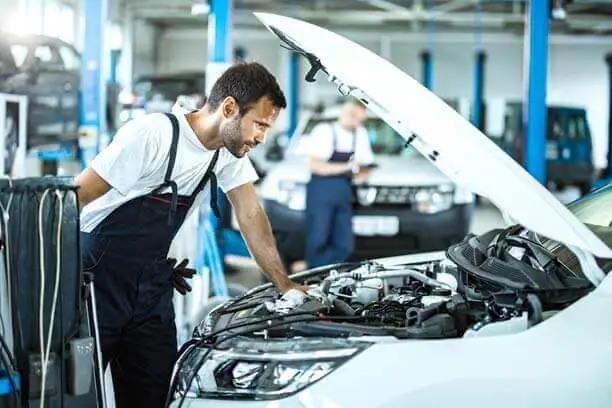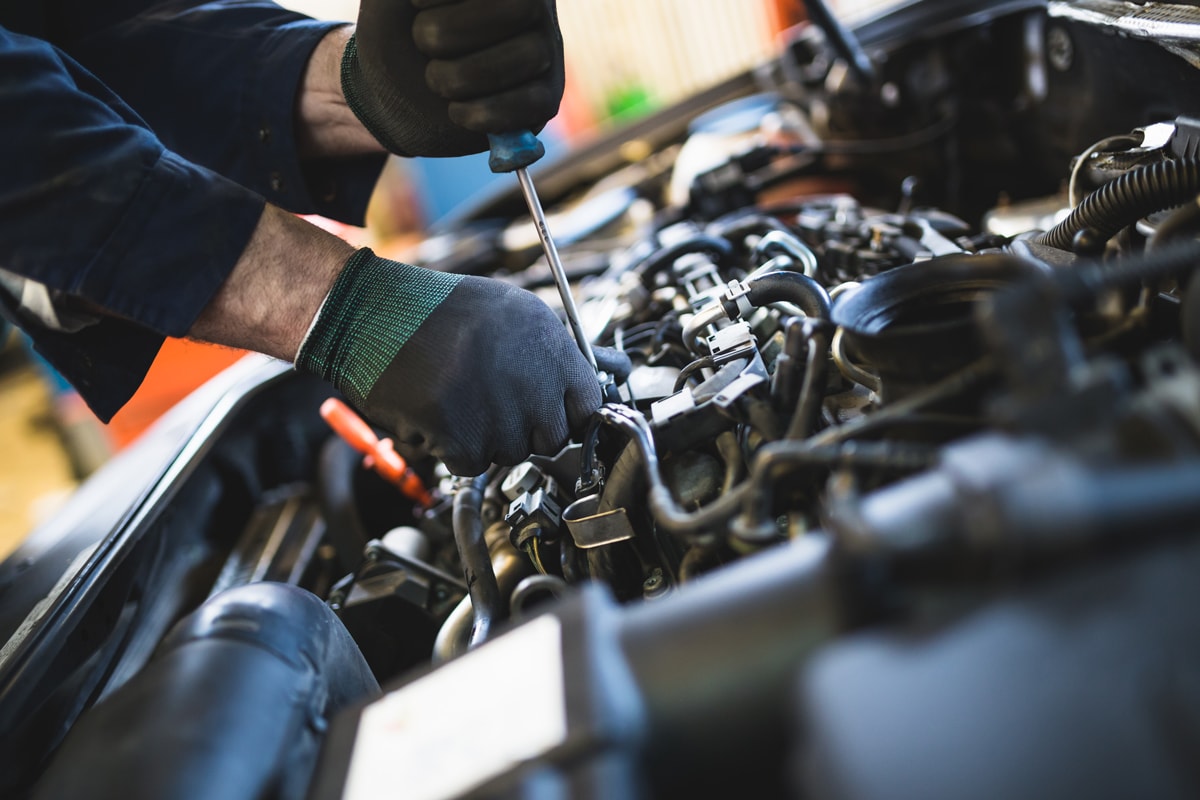All Categories
Featured

When it concerns lorry fixings or upgrades, one of the most essential choices you'll deal with is whether to pick Original Devices Manufacturer (OEM) components or aftermarket parts. Both alternatives offer distinctive advantages and drawbacks, so comprehending the distinctions in between them is important for making a notified choice. In this article, we'll check out the benefits and limitations of OEM and aftermarket components to help you decide which is best matched for your cars and truck.
What Are OEM Components? OEM parts are produced by the same manufacturer that made the original elements in your automobile. These parts are developed to satisfy the precise specifications of your automobile, guaranteeing they are a specific fit and supply the same efficiency as the parts that came with the car when it was very first built. OEM components are often thought about the "factory requirement" since they come directly from the vehicle's producer or a certified distributor.

Among the main benefits of making use of OEM parts is their guaranteed high quality. Since these parts are made to the very same standards as the originals, they typically offer a perfect fit and reputable efficiency. In addition, lots of OEM parts feature a guarantee, providing you assurance that you'll be secured in situation of defects.
What Are Aftermarket Components? Aftermarket parts are made by third-party producers that are not associated with your vehicle's original supplier. These components are designed to fit a variety of vehicles and are typically more economical than OEM components. Aftermarket parts can be used for regular fixings or upgrades, and they commonly offer a more comprehensive variety of options compared to OEM parts.

Furthermore, aftermarket components might supply much better efficiency or added attributes not available in OEM alternatives. Aftermarket exhaust systems, brake pads, and suspension elements often offer renovations in performance or visual appeals that could not be located in OEM parts.
Advantages of OEM Parts. Accuracy and Compatibility: OEM parts are made specifically for your automobile's make and version, guaranteeing they fit completely and do to the exact specifications needed. Warranty Protection: Many OEM parts feature service warranties, offering coverage in case of defects or early failure. Quality control: Because OEM components are made by the original producer, they undergo the same rigorous quality assurance requirements as the components installed in your automobile when it was very first constructed. Resale Worth: If you intend to offer your automobile, having OEM components can assist keep its resale value, as potential purchasers may be a lot more curious about a vehicle that has been repaired with initial elements. Advantages of Aftermarket Parts. Cost Financial savings: Aftermarket components are usually more economical than OEM components, which can be a significant advantage if you're on a budget or wish to conserve money on repairs. Variety and Modification: Aftermarket components supply a larger range of choices, including performance upgrades and visual improvements. If you desire to enhance horse power or improve your auto's look, aftermarket options can offer special remedies. Accessibility: Aftermarket components are frequently simpler to discover than OEM components, especially for older automobiles that might no longer have conveniently available OEM components. Performance Improvements: Some aftermarket parts are developed with performance in mind, such as high-performance brakes, air filters, or exhaust systems. These parts can improve your car's total efficiency and driving experience. Negative Aspects of OEM Parts. Greater Rate: One of the most considerable downside to OEM parts is their expense. They are usually extra expensive than aftermarket alternatives, which can include up swiftly if your automobile needs numerous repairs. Restricted Personalization: OEM parts are designed to recover your vehicle to its initial specifications, implying they may not use the very same variety of modification choices as aftermarket components. Availability Problems: Depending upon the age of your lorry, specific OEM parts might be more difficult to discover or discontinued, making repair services much more hard. Drawbacks of Aftermarket Parts. Irregular Quality: While several aftermarket components are of top quality, others might be improperly made or lack the sturdiness of OEM components. It is very important to investigate the supplier and read testimonials to make sure the high quality of the part you're considering. Fitment Troubles: Aftermarket parts are created to fit a large range of cars, however they may not constantly provide the best fit that OEM components ensure. This can cause installation problems or suboptimal performance. No Guaranteed Service warranty: While some aftermarket parts include service warranties, they may not be as comprehensive or long-lasting as those offered by OEM components. Sometimes, using aftermarket components can likewise affect your vehicle's service warranty protection if it's still active. Exactly how to Determine Between OEM and Aftermarket Components. The decision in between OEM and aftermarket parts inevitably depends upon your specific needs, preferences, and spending plan. Right here are a few considerations to help guide your choice:
Budget: If conserving cash is a top priority, aftermarket components are normally the much more affordable choice. Nevertheless, realize that less costly components may not last as long as OEM elements, which can cause greater costs in the future. Car Age and Condition: For newer vehicles, particularly those under warranty, it's often an excellent idea to pick OEM parts to keep the vehicle's stability and preserve its resale worth. For older cars, aftermarket components might be much more practical, particularly if the automobile is no much longer under service warranty or if you're attempting to extend its life-span with cost-efficient services. Fixing Type: Specific crucial fixings, especially those pertaining to security (brakes, air bags, etc), are best managed with OEM parts to make certain the highest degree of safety and security and performance. For non-essential repair work or alterations, aftermarket components can offer an outstanding balance of top quality and price. Performance and Modification: If you're searching for efficiency upgrades or unique customization choices, aftermarket parts may be the most effective selection. Many aftermarket producers design parts especially for improving your cars and truck's capacities, whether it's for much better efficiency or looks. Final thought. Both OEM and aftermarket parts have their pros and disadvantages, and the ideal choice relies on your details demands and concerns. OEM components are ideal for keeping the initial top quality and performance of your car, while aftermarket components supply cost financial savings, customization options, and a wider series of options. Very carefully review your vehicle's condition, the type of repair work required, and your budget plan to make the most effective decision for your car and your wallet. No matter which choice you select, it's constantly a good idea to seek advice from a trusted mechanic who can offer advice and ensure the fixing is done properly.
Latest Posts
The Benefits of Consistent Car Maintenance at Montclare Auto Repair Saves You Money
Published May 30, 25
1 min read
How Regular Vehicle Maintenance at Montclare Auto Repair Keeps Your Wallet Happy
Published May 28, 25
1 min read
Find Leading Vehicle Maintenance Services from Montclare Auto Repair – Keep Your Car Running Smoothly
Published May 25, 25
1 min read
More
Latest Posts
The Benefits of Consistent Car Maintenance at Montclare Auto Repair Saves You Money
Published May 30, 25
1 min read
How Regular Vehicle Maintenance at Montclare Auto Repair Keeps Your Wallet Happy
Published May 28, 25
1 min read
Find Leading Vehicle Maintenance Services from Montclare Auto Repair – Keep Your Car Running Smoothly
Published May 25, 25
1 min read